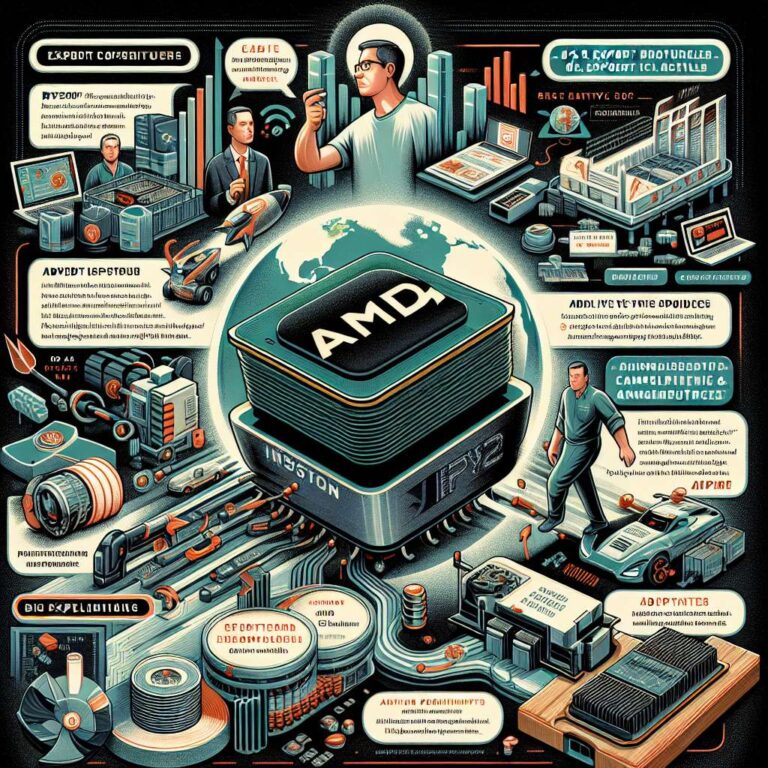As of September 30, 2025, AMD positions itself at the center of the semiconductor industry’s shift to Artificial Intelligence and high-performance computing, anchored by a broad portfolio spanning Ryzen and EPYC processors, Radeon and Instinct accelerators, and adaptive SoCs and FPGAs from the Xilinx acquisition. The company serves consumer, data center, and embedded markets, with its current spotlight on data center growth and the rapid buildout of Artificial Intelligence infrastructure. AMD’s Instinct MI350 series accelerators are shipping, with the next-generation MI400 line planned for 2026, while its open-source ROCm software stack and the AMD Developer Cloud are central to courting developers and enterprise workloads.
AMD has paired product momentum with ecosystem and M&A moves: strategic partnerships with Microsoft, Meta, and Oracle, a large Artificial Intelligence infrastructure partnership with Saudi Arabia’s Humain, and acquisitions including Nod.ai, Silo AI, ZT Systems, Untether AI, Brium, and Enosemi to deepen its software and systems capabilities. The company is investing in next-gen architectures such as Zen 5 and Zen 6, RDNA 4 and RDNA 5, and rack-scale systems like Helios that integrate upcoming MI400 GPUs with EPYC CPUs and advanced networking. A new R&D center in Penang, Malaysia, underscores its push in Artificial Intelligence PCs, server data centers, and data center GPUs.
Financially, AMD reported record second-quarter 2025 revenue with 32 percent year-over-year growth, driven by strong Client and Gaming segment gains and solid data center demand. Results were tempered by U.S. export controls on Instinct MI308 accelerators destined for China, which led to material inventory and related charges and weighed on margins. Even so, AMD guided to improved non-GAAP gross margin of about 54 percent for the third quarter, with revenue guidance excluding any China-related MI308 shipments due to ongoing license reviews. The company also reduced debt and posted record free cash flow, while shares have been volatile in 2025 but recovered from spring lows.
Competitively, AMD continues to pressure Intel in CPUs and targets Nvidia in accelerators. Server CPU unit share reached a historic 50 percent in the first quarter of 2025, with a 41 percent revenue share in the second quarter. In client PCs, AMD held 32.2 percent desktop shipment share and 20.6 percent notebook unit share in the second quarter. Nvidia still dominates discrete PC GPUs with more than 90 percent share and controls roughly 80 to 94 percent of the Artificial Intelligence accelerator market, leaving AMD below 10 percent but aiming higher as MI350 ramps and ROCm matures.
Looking ahead, AMD’s catalysts include the MI350 ramp, MI355X shipments later in 2025, the MI400 series in 2026, and the rise of Artificial Intelligence PCs powered by Ryzen AI processors, with a Windows 10 end-of-support upgrade cycle expected to spur demand. Risks persist around U.S.-China export controls, including a noted 15 percent revenue-sharing fee tied to certain China licenses, as well as software ecosystem maturity, reliance on TSMC, and intense competition from Nvidia and Intel. Even with these pressures, AMD’s open ecosystem strategy, expanding data center footprint, and accelerated roadmap provide a credible path to further growth.

